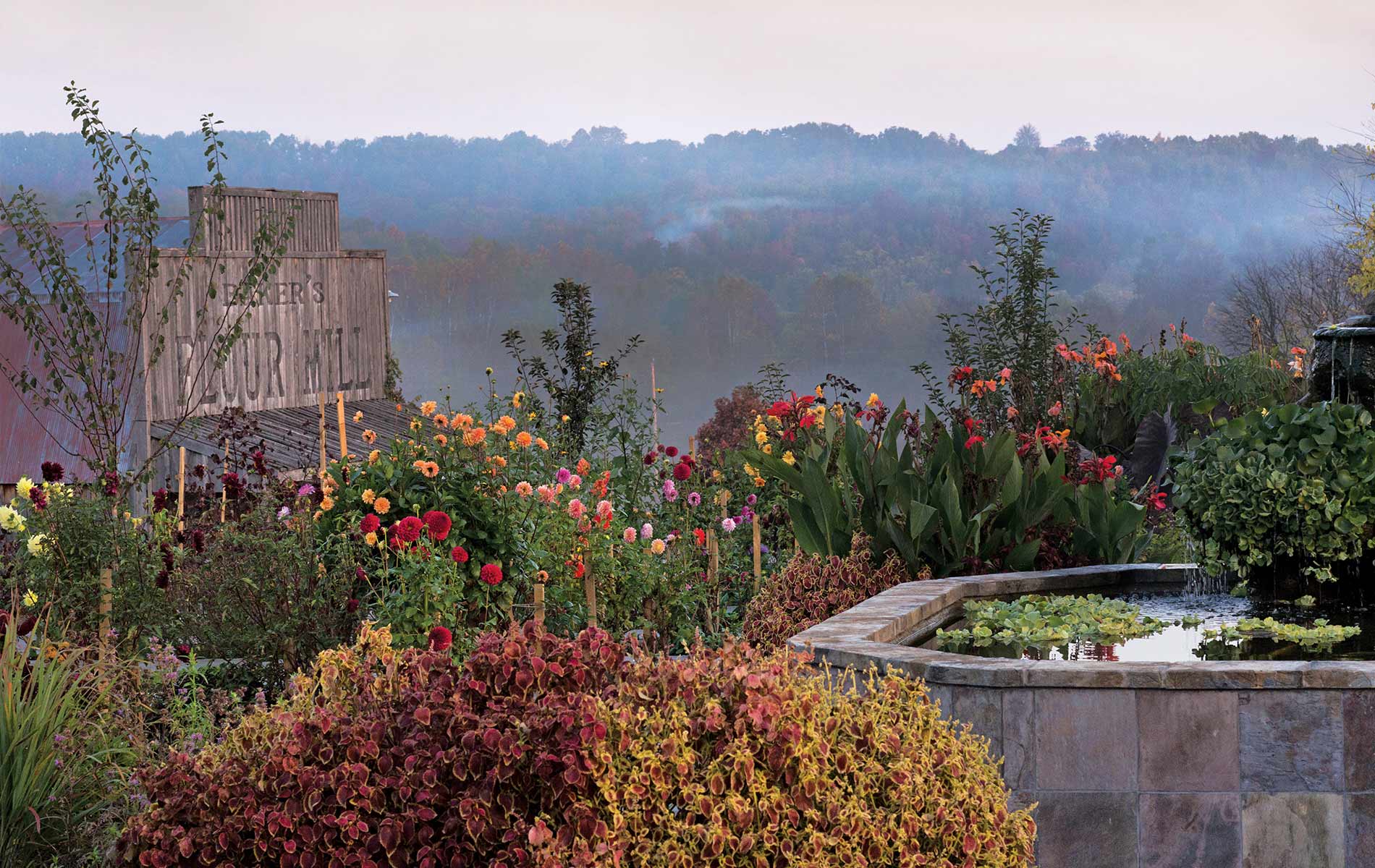
vie-magazine-baker-creek
Seedtime and Harvest
Reaping What You Sow
By Chad Thurman | Photography courtesy of Baker Creek Heirloom Seeds
When the hazy dog days of late July and early August settle on us, there are two topics of small talk one can most always count on in any social encounter: a discussion about the stifling blanket of humidity and heat frequently followed by boastings that one’s tomatoes are ripening on the vine and soon to be on the plate.
As any true connoisseur of the Solanum lycopersicum knows, there are tomatoes and then there are heirloom tomatoes. Within the gardening community, heirlooms are understood to be fruits and vegetables grown from seeds that have been passed down through the generations. These gifts of nature are open pollinated; their perpetuation relies upon natural pollination—insects, birds, bats, and the wind. As with all of creation’s wonders, the fruits and produce of open pollination are widely varied and nothing short of marvelous.
Within this generation of American farms, there are seemingly fewer and fewer heirloom seeds commonly available for the fewer and fewer people who possess the golden knowledge and ability to grow their own food. Jere and Emilee Gettle of Baker Creek Heirloom Seed Company in Mansfield, Missouri, have made it their mission in life to augment that.
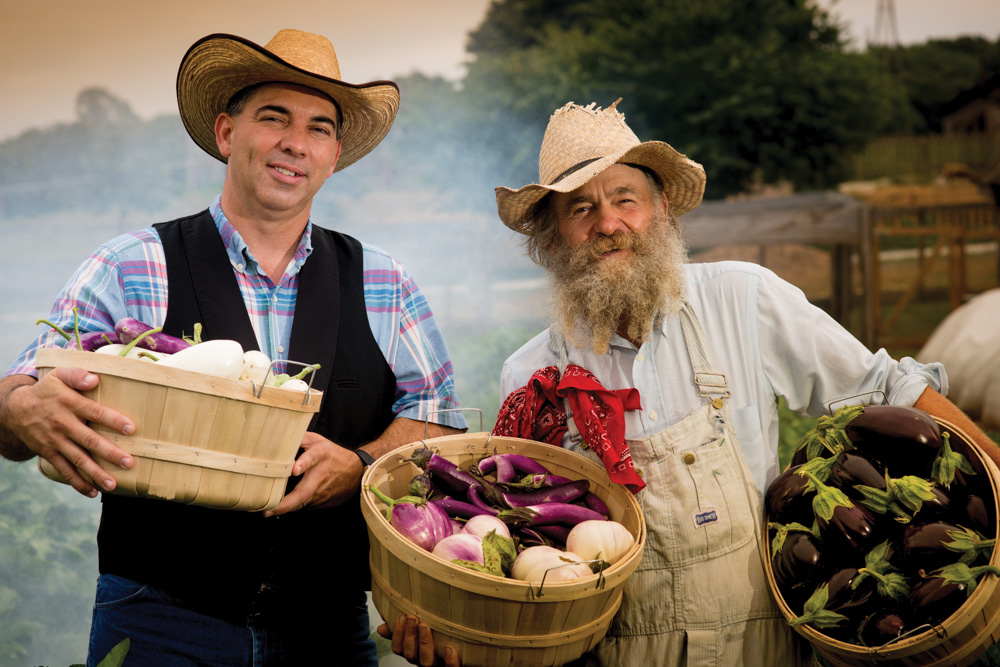
The Gettles proliferate the knowledge and availability of heirlooms, all while inspiring and educating current and future generations of American growers and gardeners—as well as the rest of the gardening world—about the dwindling heirloom varieties. Jere uses cauliflower as an example to show where our seed supply has gone. “In the 1880s, some of the different seed catalogs listed around forty-five different varieties of cauliflower,” he says. “These were all local pollinated varieties that you could save your seed from because they weren’t patented. Today, if you look through the modern seed catalogs, you’ll likely find one or two varieties of cauliflower, and oftentimes most of these varieties are hybrid. This change in the offerings of the seed catalogs shows how our food supply has been taken away from the small farmers and gardeners and turned over to the hands of a few big seed producers, like Monsanto-owned Seminis.”
Baker Creek carries one of the largest selections of seeds from the nineteenth century and has become the premier go-to source for gardeners and home growers to promote and preserve their agricultural and culinary heritage. With interest in heirloom seed varieties on the rise, there are also many boutique seed companies that thrive in contrast to the conglomerate commercial seed producers that grow almost exclusively for large-scale industrial farms.
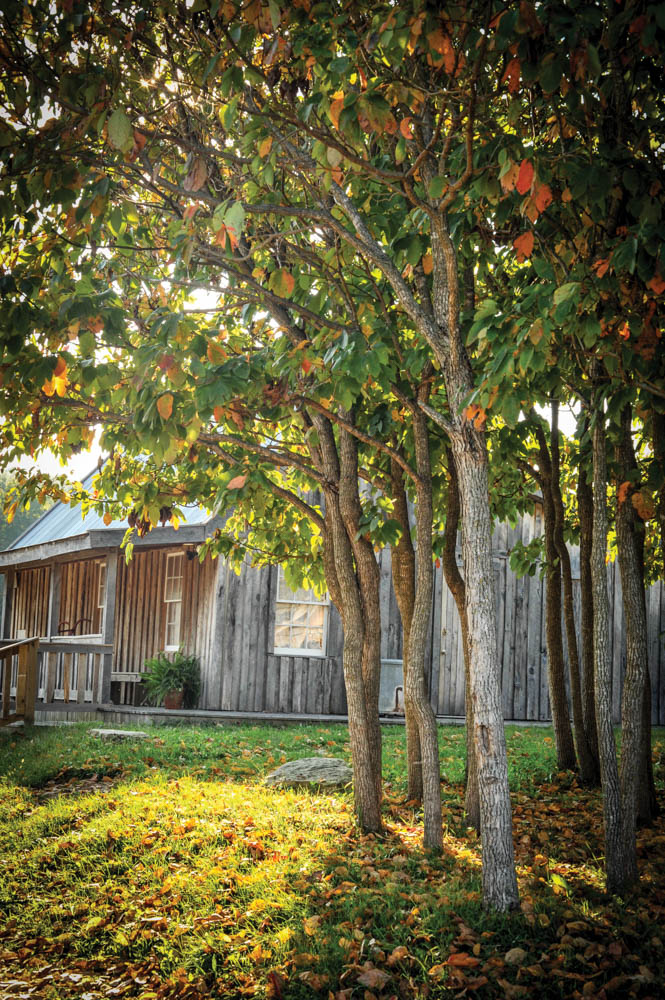
“With the majority of food crops today, one seed company may control 50 percent of the supply on one particular variety of lettuce, or one seed company might control 30 percent of the tomato crop or 60 percent of any other crop,” Jere explains. “The greater portion of our food supply is in the hands of just a few seed companies. Often, the highest production of a crop is controlled by a major seed company, as well.” With control of crops consolidated into a few seed companies, a few seed producers, a few crop distributors, and a few big-box stores, Jere points out that it creates a dangerous situation. “It puts all of the food supply chain in the hands of just a few seed companies. If something were to happen to any of the major seed companies, a large part of our food supply would be greatly affected. There are lots of links in the food supply chain, and these may be strong links, but any one of these companies could go bankrupt or possibly be affected by a natural disaster—for one reason or another—and then many communities would not be able to feed themselves.”
Baker Creek Heirloom Seed Company plays a leading role in assisting and educating people in growing their own food in small garden plots. This is the “teach a man to fish” adage in action for the betterment of our world.
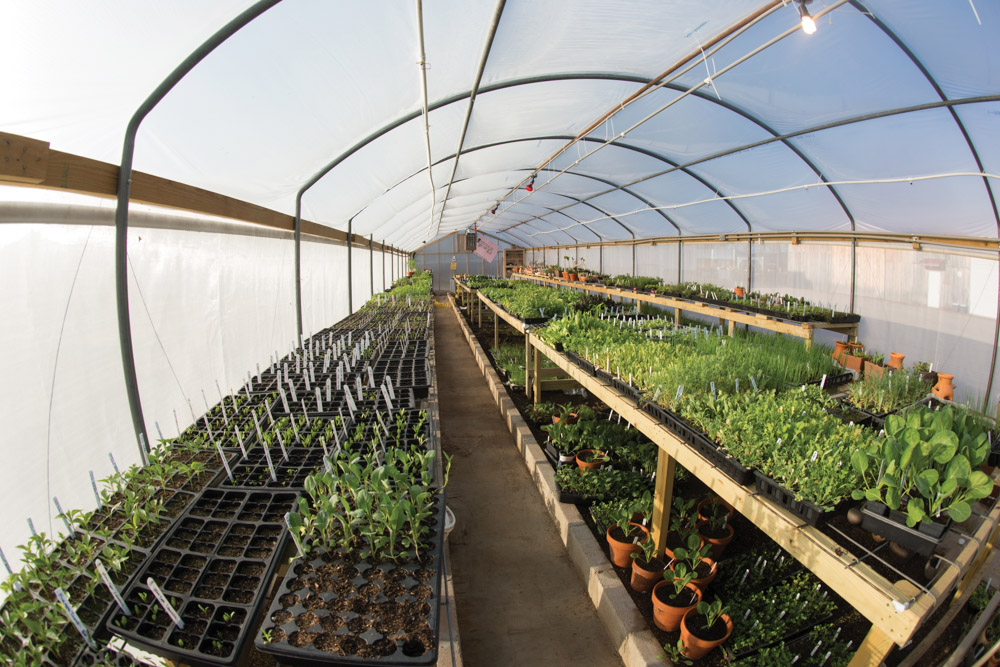
“We started out basically as a hobby in my bedroom as a kid,” Jere says. “I was excited about saving seeds, and that was where it all started. I started talking to other people and found out that they too were excited about heirloom seeds, so I started putting out catalogs. Part of the focus of our catalog and company today is to let people know about all of the different varieties that are available, and also to encourage them to save varieties and keep their local varieties going as well. It just seems like a continuous fortune that people are sharing and giving us new varieties all the time.”
Baker Creek gets people involved in the heirloom movement by talking about and promoting heirloom seeds with events throughout the year in different areas of the country. For example, the Gettles and their company sponsor and help organize the annual National Heirloom Expo in California.
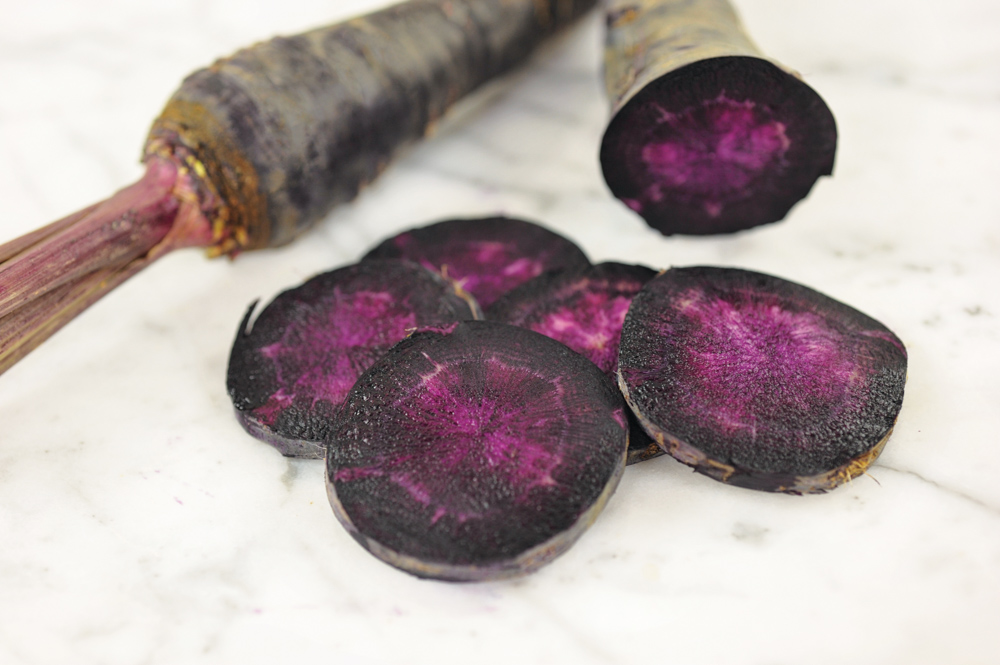
“Sometimes people are just interested in heirloom varieties or saving and trading different seeds,” Jere says. “Many of them are in the process of learning. We try to find varieties that may be suitable for other regions, such as varieties we’ve obtained from faraway places like Siberia. Then we make these available to people who otherwise may not have had access to such seeds. Our main objective is to connect people not only with past varieties that may be culturally relevant to them through their history, but also with varieties that may do well in their certain climate or market. Or, people may want to have fun just growing heirlooms as a hobby or want diversity in their gardens.” The Gettles appreciate that people have different reasons for growing heirloom plants. Baker Creek tries to “connect the dots” by finding historic seeds that may even have been grown by a family’s ancestors. “That’s one of our most common requests—to find something that their grandmother raised because they’d like to get that back again: that flavor, the taste of a particular variety.”
Since its inception, Baker Creek Heirloom Seeds has grown—just as its products do after a good rain. The Gettles have expanded the company; there is now a location in Sonoma County, California, in the beautiful town of Petaluma. Their most recent project is the restoration and preservation of a Wethersfield, Connecticut, landmark—Comstock, Ferre and Company, the oldest continuously operating seed company in New England. The Gettles publish Heirloom Gardener, a quarterly magazine, and put out an annual edition of the Whole Seed Catalog. They’ve also written two books.
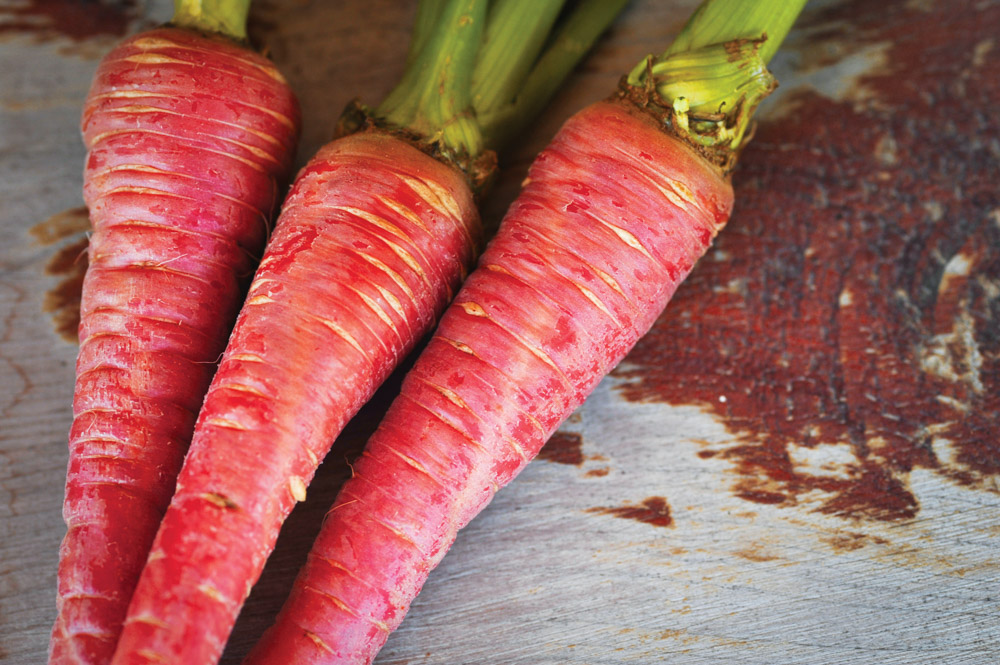
Throughout the year, the Gettles and their company host classes on seed saving, preserving heirlooms, breeding new varieties, and heirlooms for the future. Baker Creek hosts a spring festival at the main location in Missouri that is one of the best-known events in the gardening world. People come together to share seeds and knowledge, have fun, and ask questions of the Baker Creek experts.
“Whether it’s a tomato breeder, a saver of heirloom varieties, or someone who does specialized work with cauliflower and so forth, people come together and share ideas,” Jere says. “We work a lot with real mom-and-pop operations that may have three- or four-acre farms of assorted crops. We don’t really work with large-scale or even medium-scale farms. We meet lots and lots of people who grow for chefs and farmers markets.”
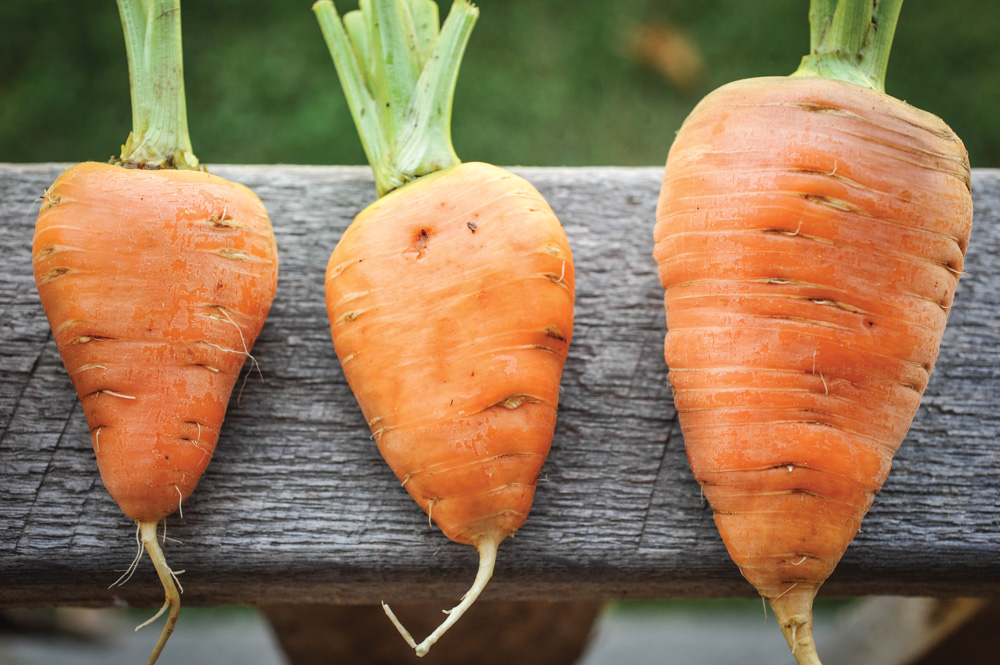
Baker Creek Heirloom Seed Company is also dedicated to teaching the next generation of food growers. Each year, the company donates between five hundred thousand and a million seed packets to school garden projects so children can learn about where their food comes from and alternatives to buying from those big corporations who dominate the food industry.
“Often, once these kids experience the diversity, the colors, the sizes, and the shapes of plants available, they get very excited,” Jere reveals. “They become knowledgeable about genetically modified organisms (GMOs), growing different crops, and different types of crosses. Once they see, taste, touch, and feel what’s available, they get superexcited. We’re getting a lot of new school gardens going, and lots of teachers are realizing that not only is this an excellent cross-disciplinary educational tool and an opportunity for a lesson, but it’s also something our future generations need. Kids need to get off of their cell phones and video games and get outside, put their hands in the dirt, and do something productive in the garden.”
— V —
Gardeners can request a free color catalog, buy the Whole Seed Catalog, or get more news from Baker Creek Heirloom Seeds at rareseeds.com.
Share This Story!
KEEP UP WITH THE LATEST STORIES FROM VIE
















































































































































